Filter by
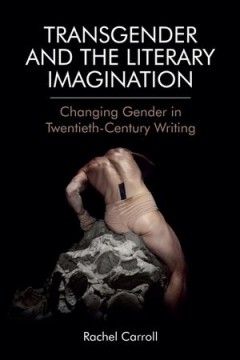
Transgender and The Literary Imagination: Changing Gender in Twentieth-Centur…
Transgender and the Literary Imagination is the first full length study to revisit twentieth century narratives and their afterlives, examining the extent to which they have reflected, shaped or transformed changing understandings of gender.
- Edition
- -
- ISBN/ISSN
- 9781474414678
- Collation
- -
- Series Title
- -
- Call Number
- -
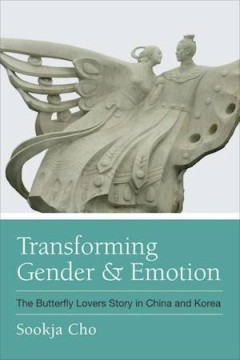
Transforming Gender and Emotion: The Butterfly Lovers Story in China and Korea
Often called China's "Romeo and Juliet", the story of the Butterfly Lovers (the tale of Liang Shanbo and Zhu Yingtai, or the Liang-Zhu story) is one of the most famous folk stories in traditional China. With its origins dating back to the fourth century, it has spread and evolved across genres, country, religion, and culture. Transforming Gender and Emotion examines how this story has successfu…
- Edition
- -
- ISBN/ISSN
- 9780472130634
- Collation
- -
- Series Title
- -
- Call Number
- -

Traces of War: Interpreting Ethics and Trauma in Twentieth-Century French Wri…
The legacy of the Second World War remains unsettled; no consensus has been achieved about its meaning and its lasting impact. This is pre-eminently the case in France, where the experience of defeat and occupation created the grounds for a deeply ambiguous mixture of resistance and collaboration, pride and humiliation, heroism and abjection, which writers and politicians have been trying to di…
- Edition
- -
- ISBN/ISSN
- 9781786940421
- Collation
- -
- Series Title
- -
- Call Number
- -
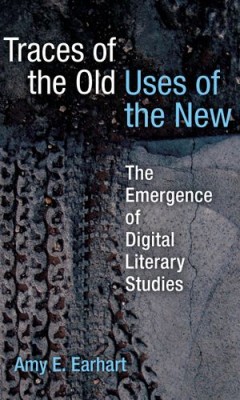
Traces of the Old, Uses of the New: The Emergence of Digital Literary Studies
Digital Humanities remains a contested, umbrella term covering many types of work in numerous disciplines, including literature, history, linguistics, classics, theater, performance studies, film, media studies, computer science, and information science. In Traces of the Old, Uses of the New: The Emergence of Digital Literary Studies, Amy Earhart stakes a claim for discipline-specific history o…
- Edition
- -
- ISBN/ISSN
- 9780472900688
- Collation
- -
- Series Title
- -
- Call Number
- -
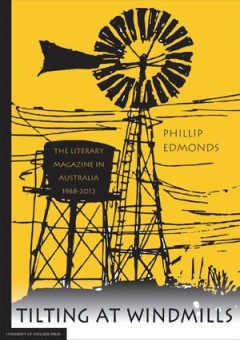
Tilting at Windmills: The Literary Magazine in Australia, 1968-2012
Up until the late 1960s the story of Australian literary magazines was one of continuing struggle against the odds, and of the efforts of individuals, such as Clem Christesen, Stephen Murray-Smith, and Max Harris. During that time, the magazines played the role of 'enfant terrible', creating a space where unpopular opinions and writers were allowed a voice. The magazines have very often been ah…
- Edition
- -
- ISBN/ISSN
- 9781925261059
- Collation
- -
- Series Title
- -
- Call Number
- -
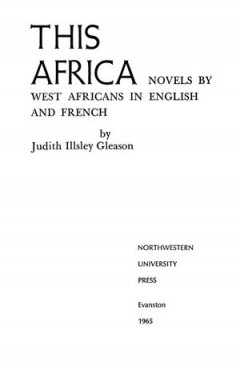
This Africa: Novels by West Africans in English and French
This Africa is both a literary history and a survey of the West African novel. Gleason explores seventeen novels in French and eight in English, developing a framework of literary criticism that includes the conqueror, the hero, city life, village life, and personal identity. Authors whose works are studied include Chinua Achebe, Cyprian Ekwensi, Mongo Beti, and Camara Layer.
- Edition
- -
- ISBN/ISSN
- 9780810139527
- Collation
- -
- Series Title
- -
- Call Number
- -
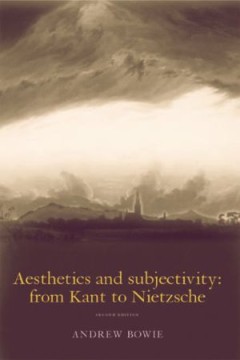
Aesthetics and subjectivity
This new, completely revised and re-written edition of aesthetics and subjectivity brings up to date the original book's account of the path of German philosophy from Kant, via Fichte and Holderlin, the early Romantis, Schelling, Hegel, Schleimacher, to Nietzsche, in view of recent historical research and contemporary arguments in philosophy and theory in the humanities. The original book helpe…
- Edition
- -
- ISBN/ISSN
- 9780719024450
- Collation
- -
- Series Title
- -
- Call Number
- -
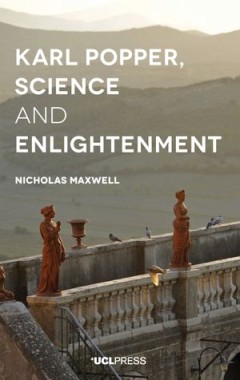
Karl Popper, Science and Enightenment
Here is an idea that just might save the world. It is that science, properly understood, provides us with the methodological key to the salvation of humanity. A version of this idea can be found in the works of Karl Popper. Famously, Popper argued that science cannot verify theories but can only refute them, and this is how science makes progress. Scientists are forced to think up something bet…
- Edition
- -
- ISBN/ISSN
- 9781787350397
- Collation
- -
- Series Title
- -
- Call Number
- -
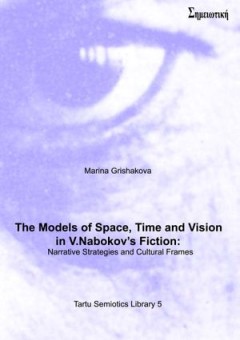
The Models of Space, Time and Vision in V. Nabokov’S Fiction: Narrative Str…
Marina Grishakova belongs to the younger generation scholars of the Tartu-Moscow school of semiotics. Her book is part of a semio-narratological tradition of a single author or a single work research that tackles issues of wider theoretical import: applicability of the concept of “modeling” in the humanities, theory of mimesis and the function of experimental literature in (post)modernist c…
- Edition
- -
- ISBN/ISSN
- 9789949320684
- Collation
- -
- Series Title
- -
- Call Number
- 791 GRI m
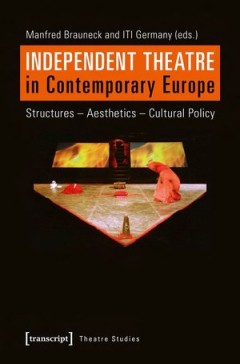
Independent Theatre in Contemporary Europe: Structures Aesthetics Cultural Po…
Over the past 20 years European theatre underwent fundamental changes in terms of aesthetic focus, institutional structure and in its position in society. The impetus for these changes was provided by a new generation in the independent theatre scene. This book brings together studies on the state of independent theatre in different European countries, focusing on the fields of dance and perfor…
- Edition
- -
- ISBN/ISSN
- 9783837632439
- Collation
- -
- Series Title
- -
- Call Number
- 792 IND i
 Computer Science, Information & General Works
Computer Science, Information & General Works  Philosophy & Psychology
Philosophy & Psychology  Religion
Religion  Social Sciences
Social Sciences  Language
Language  Pure Science
Pure Science  Applied Sciences
Applied Sciences  Art & Recreation
Art & Recreation  Literature
Literature  History & Geography
History & Geography